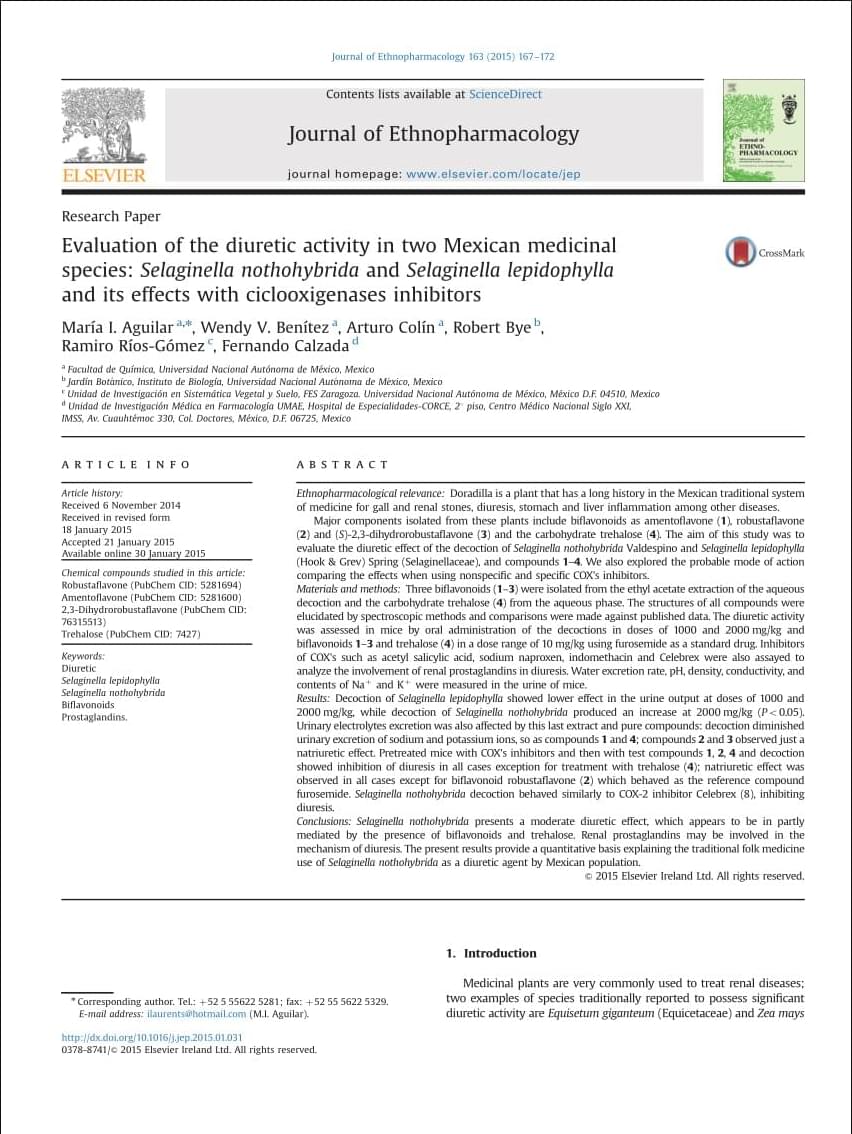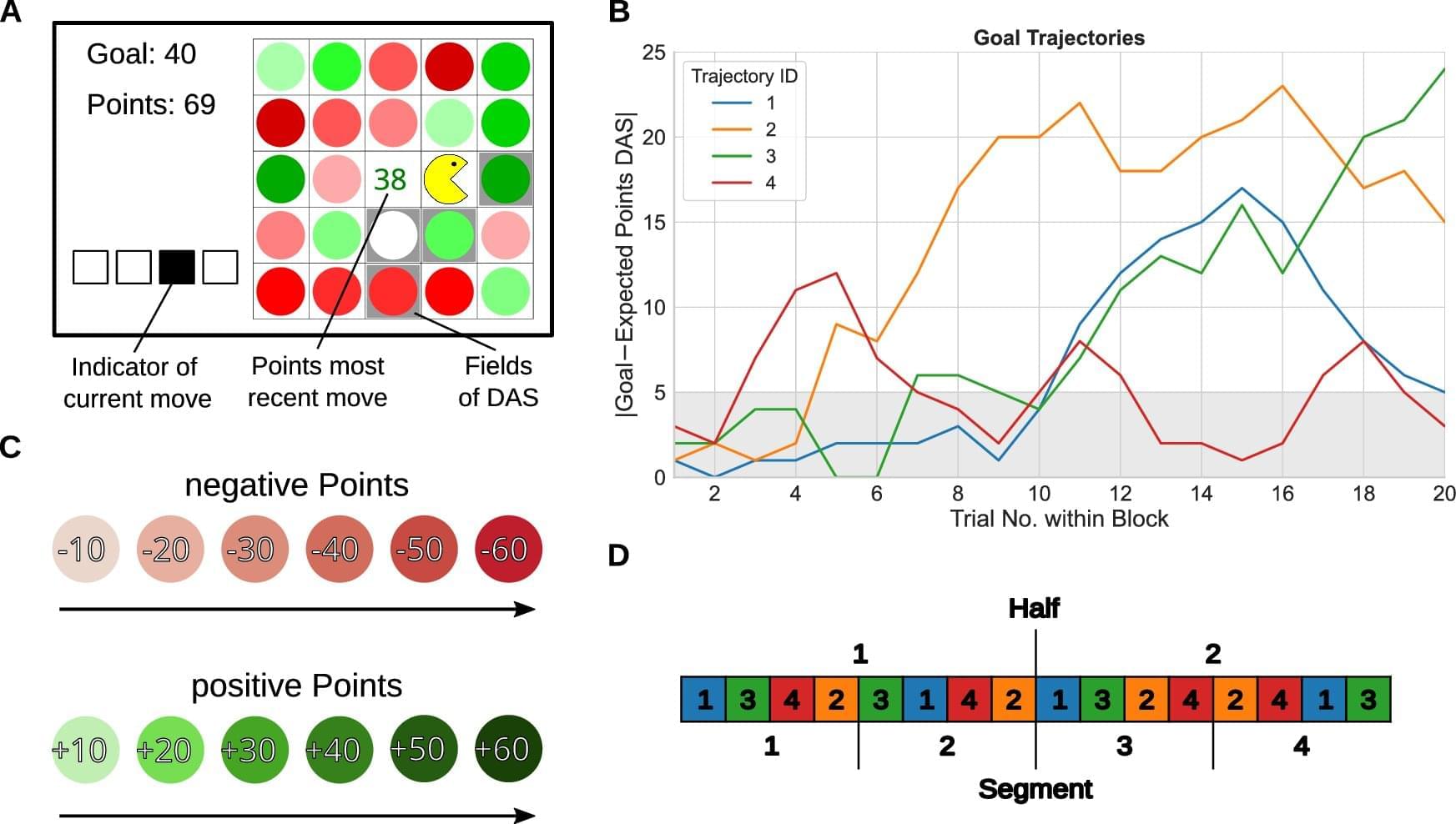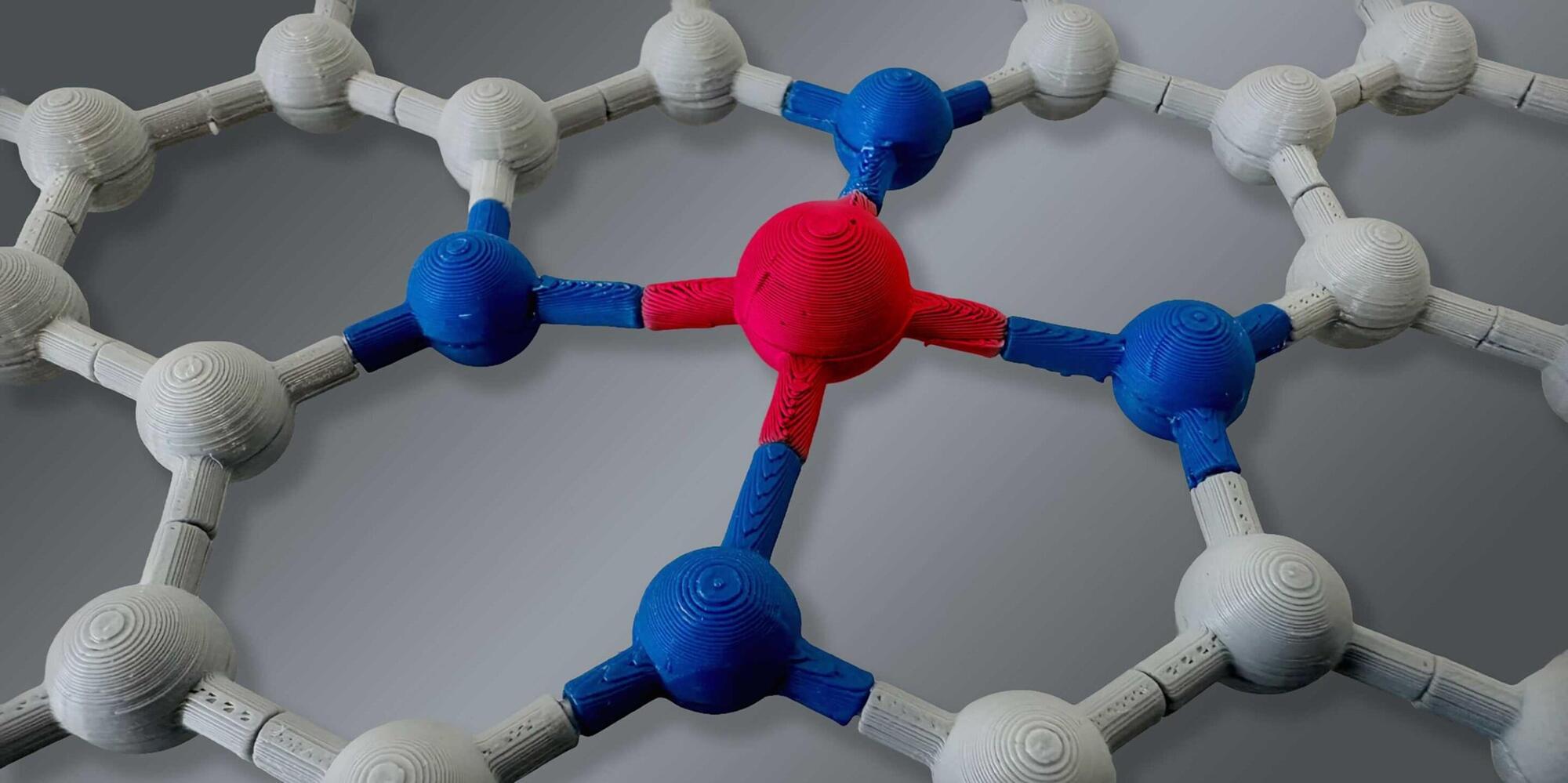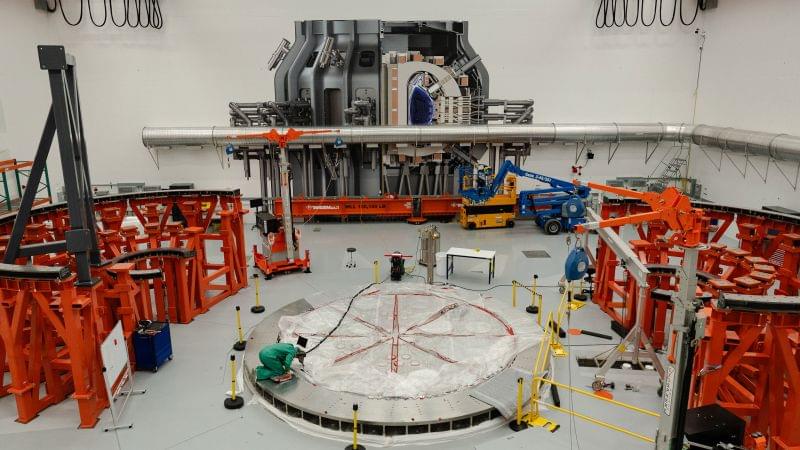PDF | S. nothohybrida Valdespino and S. lepidophylla (Hook & Grev) Spring (Selaginellaceae) (doradillas) are used in the Mexican traditional system of… | Find, read and cite all the research you need on ResearchGate



From the depths of The Mariana Trench to the summit of Everest, microplastics can now be found almost everywhere on Earth.
Now, it turns out even our most intimate moments can’t escape their blight.
Scientists have discovered microplastics are ‘common’ in both male and female reproductive fluids.

Behavioral scientists have been trying to uncover the patterns that humans follow when making decisions for decades. The insights gathered as part of their studies can help shape public policies and interventions aimed at prompting people to make better decisions, both for society and for their own well-being.
In many cases, humans are known to make decisions that they think will maximize the rewards they receive while minimizing their losses. Sometimes, however, people’s choices are guided by automatic processes that they are unaware of and can be adversely impacted by so-called biases, systematic tendencies to fall into specific patterns of thought or behavior.
Researchers at TUD Dresden University of Technology recently carried out a study exploring the possibility that repeating specific decisions over time could bias decision-making, even in instances in which people’s actions affect the rewards they will receive. Their findings, published in Communications Psychology, suggest that when making sequential decisions (i.e., when asked to make a series of choices back-to-back), humans often tend to repeat familiar actions, even if alternative ones would yield greater rewards.


A history of Leibniz. Another Historic figure that did more then you or I ever will.



Tech giant Google is investing money into a futuristic nuclear fusion plant that hasn’t been built yet but someday will replicate the energy of the stars. It’s a sign of how hungry big tech companies are for a virtually unlimited source of clean power that is still years away.
Google and Massachusetts-based Commonwealth Fusion Systems announced a deal Monday in which the tech company bought 200 megawatts of power from Commonwealth’s first commercial fusion plant, the same amount of energy that could power roughly 200,000 average American homes.
Commonwealth aims to build the plant in Virginia by the early 2030s. When it starts generating usable fusion energy is still TBD, though the company believes they can do it in the same timeframe.